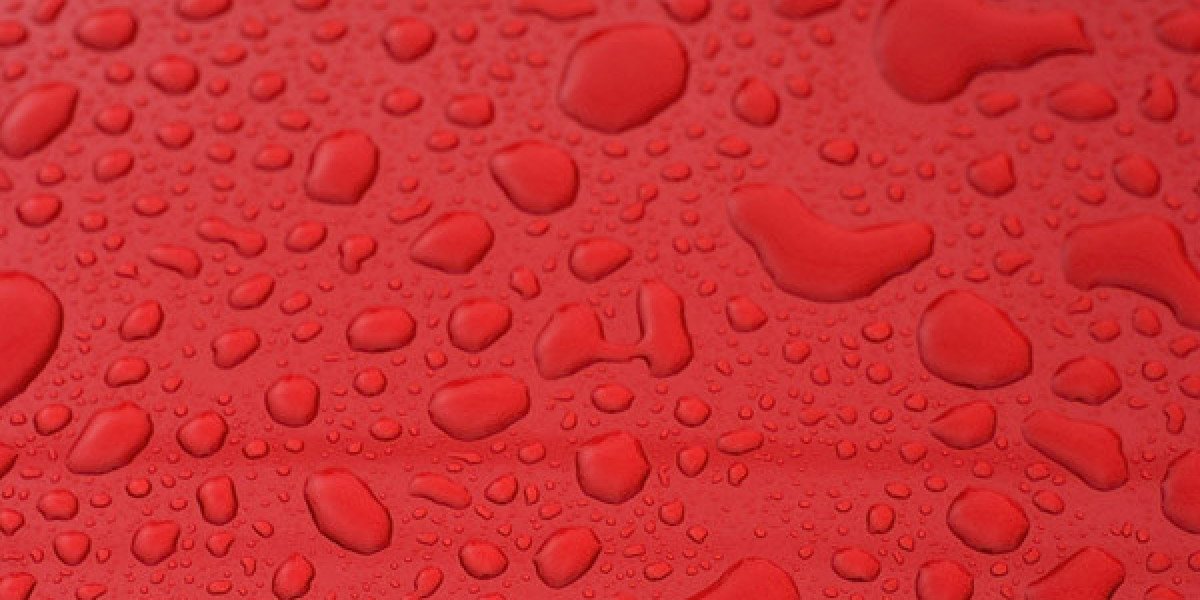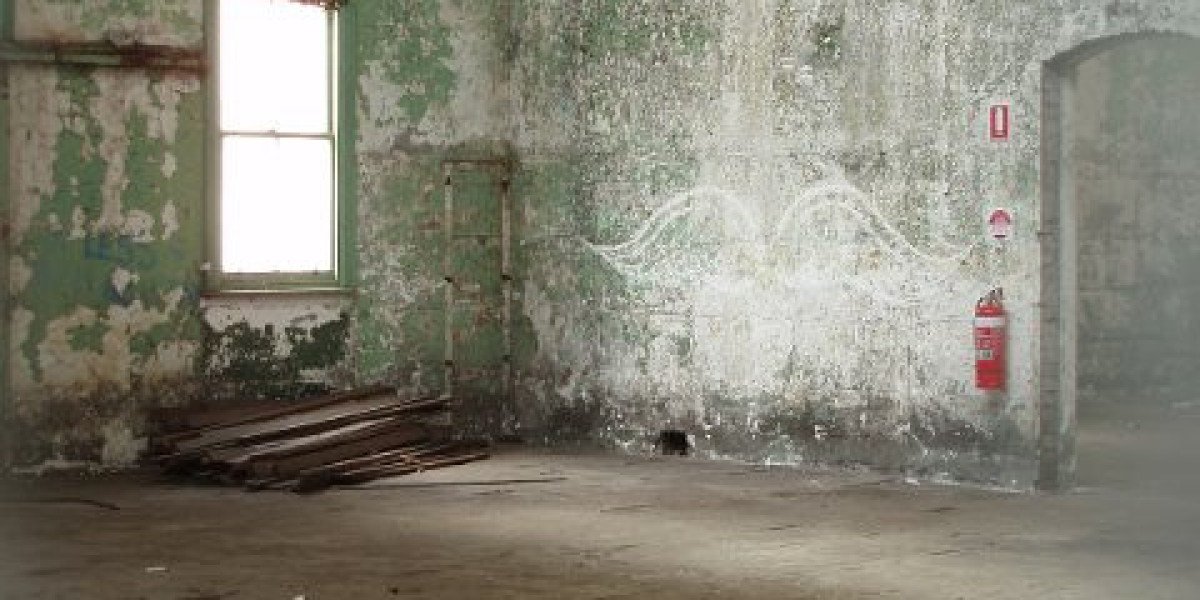In the world of advanced valve engineering, Cryogenic Ball Valve Design represents the frontier of precision and endurance. For Naishi, innovation at sub-zero temperatures means more than technical mastery—it's about ensuring flawless performance when materials face their toughest test.The design process must anticipate the behavior of metals under extreme cold and create mechanisms that maintain tight sealing and smooth operation despite contraction and brittleness.
The foundation of any cryogenic valve lies in its low-temperature material selection. Conventional alloys simply cannot withstand the harsh stresses of cryogenic environments. At temperatures nearing liquefied gas conditions, even minor imperfections can lead to fracture or leakage.Engineers must therefore rely on stainless steels and nickel-based alloys capable of preserving ductility and impact resistance at cryogenic levels. Every element—from the ball to the stem—must be analyzed for how it behaves under both mechanical stress and thermal shock. This disciplined material choice defines not just the quality of the valve, but the reliability of the entire cryogenic system.
Equally vital is the extended bonnet and stem design. In a cryogenic valve, the bonnet acts as a thermal barrier, protecting packing materials from extreme cold that could compromise flexibility. The elongated stem design allows the actuator or handwheel to remain in warmer zones,preventing freezing and enabling safe manual or automated control. This thoughtful structural detail transforms functionality into reliability, minimizing maintenance while extending operational life. In environments where downtime can cost millions, the engineering behind the bonnet and stem becomes a safeguard for uninterrupted performance.
Beyond technical aspects, the philosophy behind this design is rooted in precision and endurance. Each valve is not merely a component—it is an assurance of stability under physical extremes. Manufacturing requires controlled welding, advanced sealing technology,and rigorous testing in simulated cryogenic chambers. The engineering artistry here is in achieving balance: allowing movement where needed and absolute sealing where demanded.
In industrial applications—from LNG processing to aerospace testing-such valves must function under conditions few materials can survive. It's this resilience that defines excellence in cryogenic valve production. The intersection of metallurgy,design,and physics creates solutions capable of withstanding not only temperature but time itself.
Ultimately,true success in Cryogenic Ball Valve Design lies in combining scientific precision with industrial purpose. For Naishi, the pursuit of innovation continues to evolve as technology advances and new materials emerge.Discover how precision meets endurance through Naishi's commitment to engineering excellence at https://www.ncevalve.com/product/special-condition-ball-valve-1/cryogenic-ball-valve.html .








